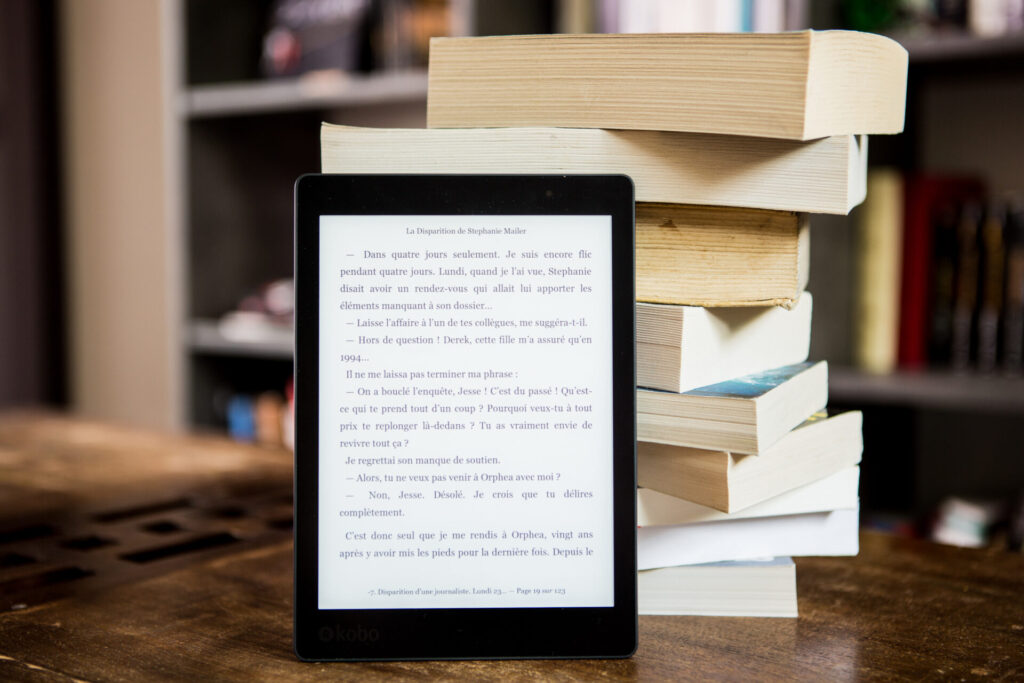
Table of Contents
What Are Translation Technologies?
Translation technologies is an umbrella term that refers to a diverse range of tools designed to translate text or speech from one language to another. Whether Computer-Assisted Translation (CAT) or Machine Translation (MT), all these technologies rely on computer software to produce results.
In turn, the interdisciplinary sector, which merges computer sciences with traditional translation services, wasn’t widely used until computers became affordable and common in average homes across the world.
The Beginnings of Language Translation
While it is difficult to pinpoint the exact instance that a human first translated speech or text from one language to another, historians have surmised that the concept began in the Mesopotamian era. Theories suggest that a poem was translated from the Sumerian language into several different Asian languages. In either case, most early translations were likely paraphrased. This provided a basic idea of what was being said between languages.
Because of deviations between regions and limited words that were translated directly, this practice was unreliable. Over time, a bigger focus was placed on accuracy, both by those who provided and those who utilized language translation services. Eventually, this led to the academic study of translation which allowed for more collaboration and standardization to occur.
The first noted instance of machine-based translations occurred back in the early 1950s as the result of a partnership between Georgetown University and IBM. The translation system used a computer equipped with around 250 words and 6 pre-programmed grammatical rules in place. The experimental system aimed to translate Russian documents into English and proved successful for its time. While it left a lot to be desired in terms of speed, accuracy, and overall quality, this application of machines started the development of translation technologies.
Modern-Day Language Translating Practices
After computers and internet access became common in homes across the globe, interest in foreign languages skyrocketed. Whether people wanted to e-mail friends around the world or decode their grandmother’s birth certificate, they wanted fast and reliable results. They may have considered hiring a language translator, but the basic, limited need didn’t justify the cost.
The need for fast, computer-based translations emerged and the development of such tools expanded slowly but surely. Today, there are countless applications and free translation tools, like Google Translate. These tools lean on pre-programmed dictionaries, rules, and other technologies to simplify the process. This makes them valuable for the average user but relying on them for corporate purposes can be a huge liability.
The Future of Language Translation Technologies
Language translation tools are quick, affordable ways to translate old letters or personal family documents. For more serious matters, it is important to remember that technology is in its infancy. Computer software is still unable to understand certain nuances that occur in the complex world of language. For instance, a translator tool may only offer one definition for a word that has many. It may lean toward one region’s dialect when you need a different one, or it may be unable to decipher slang terminology altogether.
Will Translation Technologies Replace Human Translators?
Updates and changes to algorithms and software systems will allow translation technologies to improve continually in terms of accuracy. Despite this, language translation will always benefit from human involvement as machines are unable to decipher small nuances in language that make a big difference. This is particularly true when it comes to industry-specific business, highly technical, or legal documents. In these cases, every word and diacritical mark matters.
Industry Expert Insight on the Use of Translation Technologies
President and Founder of ASTA-USA, Mr. Alain J. Roy, recently shared: his company’s approach to providing accurate and precise translations when asked: “does ASTA-USA utilize translation technologies to aid translators, or is the work completely human-centered?”
Mr. Roy’s response: “In no case do we rely on translation technologies to provide a final version of a project, nor do we recommend using translation technology for intricate content. We do, however, make use of technologies that facilitate and expedite our translation projects. At ASTA-USA all our translation projects involve collaboration between multiple, skilled linguists. This approach allows us to source materials and eliminates common errors or omissions that are abundant with translation technology tools.”
Gain more insight into language translation technologies and business trends by reading the full Q&A Interview with Mr. Alain J. Roy.